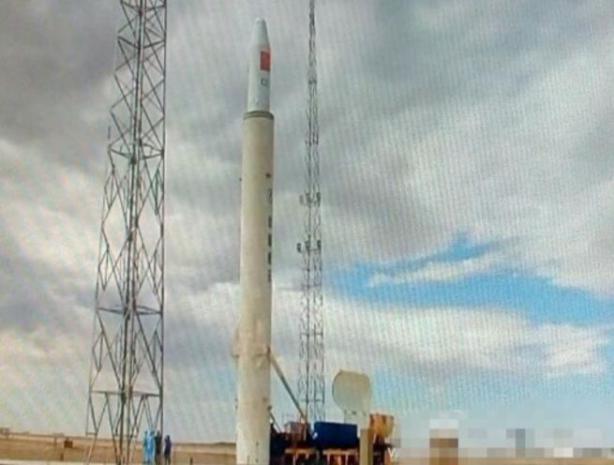
Breaking News
6.5x55 Swedish vs. 6.5 Creedmoor: The New 6.5mm Hotness
Best 7mm PRC Ammo: Hunting and Long-Distance Target Shooting
 Christmas Truce of 1914, World War I - For Sharing, For Peace
Christmas Truce of 1914, World War I - For Sharing, For Peace
Top Tech News
 EngineAI T800: Born to Disrupt! #EngineAI #robotics #newtechnology #newproduct
EngineAI T800: Born to Disrupt! #EngineAI #robotics #newtechnology #newproduct
 This Silicon Anode Breakthrough Could Mark A Turning Point For EV Batteries [Update]
This Silicon Anode Breakthrough Could Mark A Turning Point For EV Batteries [Update]
 Travel gadget promises to dry and iron your clothes – totally hands-free
Travel gadget promises to dry and iron your clothes – totally hands-free
 Perfect Aircrete, Kitchen Ingredients.
Perfect Aircrete, Kitchen Ingredients.
 Futuristic pixel-raising display lets you feel what's onscreen
Futuristic pixel-raising display lets you feel what's onscreen
 Cutting-Edge Facility Generates Pure Water and Hydrogen Fuel from Seawater for Mere Pennies
Cutting-Edge Facility Generates Pure Water and Hydrogen Fuel from Seawater for Mere Pennies
 This tiny dev board is packed with features for ambitious makers
This tiny dev board is packed with features for ambitious makers
 Scientists Discover Gel to Regrow Tooth Enamel
Scientists Discover Gel to Regrow Tooth Enamel
 Vitamin C and Dandelion Root Killing Cancer Cells -- as Former CDC Director Calls for COVID-19...
Vitamin C and Dandelion Root Killing Cancer Cells -- as Former CDC Director Calls for COVID-19...
 Galactic Brain: US firm plans space-based data centers, power grid to challenge China
Galactic Brain: US firm plans space-based data centers, power grid to challenge China
To make space exploration easier, China will launch rockets from freighters and planes

China's land-based Long March space launch rockets have been the backbone of its space program for more than 40 years. It looks like that's about to change, as the nation is making moves to launch from aircraft and ships.
Starting next year, China Aerospace Science and Technology Corporation (CASTC) will use 10,000-ton freighters as ocean-going launchpads for its Long March 11 launch rocket. The Long March 11 can carry up to 1,100 pounds into low-earth orbit. The plan is to bring the freighters to the equator, so the rockets require less fuel and can accommodate larger payloads.
Another alternative is from the air. The China Academy of Launch Vehicle Technology announced this month that they're developing a solid-fueled space launch rocket to be dropped from the Y-20. The rocket itself is expected to weigh about 60 tons (the Y-20's payload is 66 tons) and has a low Earth orbit payload of 220 pounds.

 The State's Last Stand
The State's Last Stand


